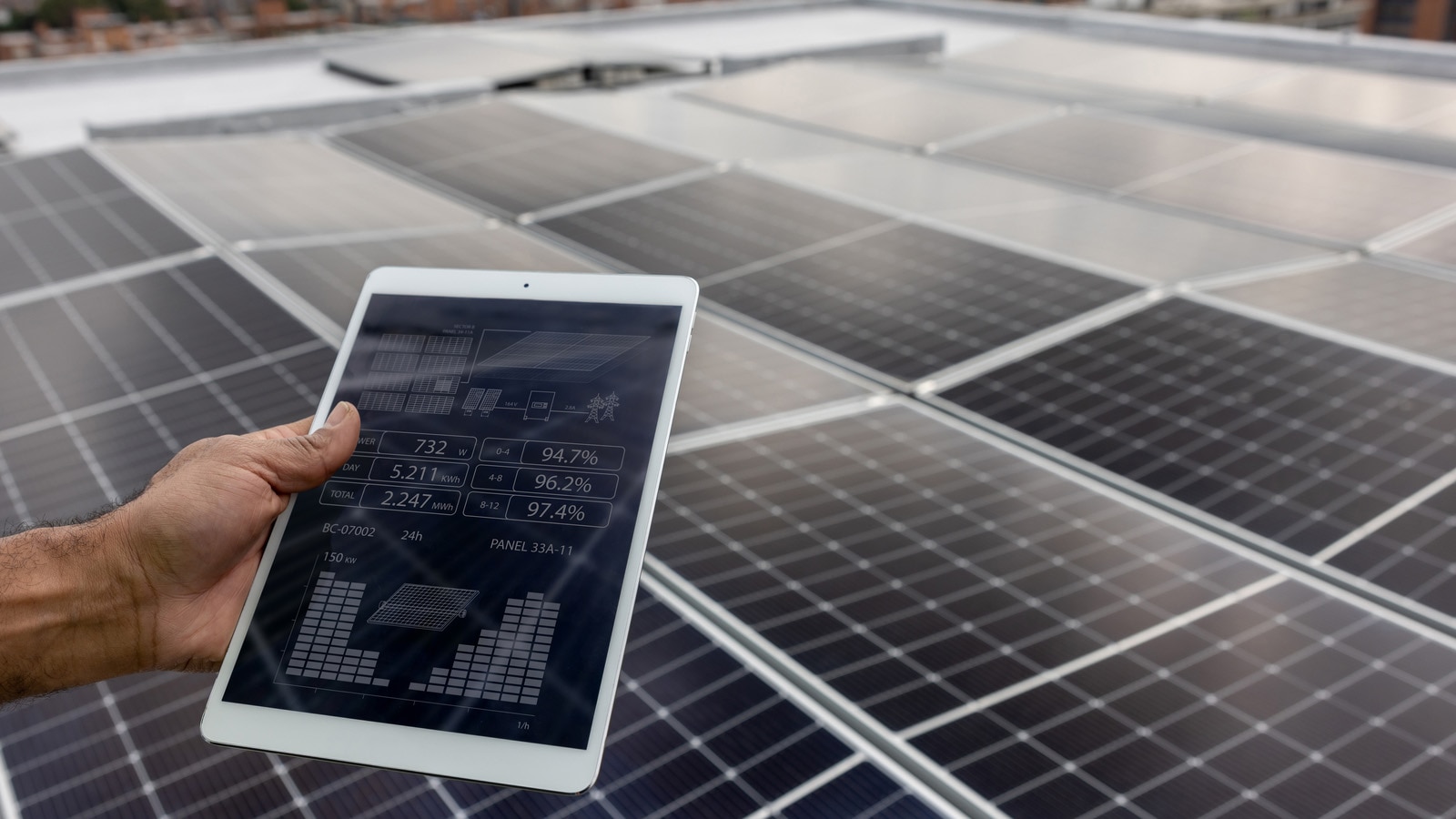
Distributed Artificial Intelligence What is Distributed Artificial Intelligence?
Distributed Artificial Intelligence (DAI) investigates how numerous intelligent agents can work together or compete to solve problems and achieve goals. These agents can function alone or jointly to improve system performance. DAI focuses on how agents might exchange knowledge, resources, and duties to solve complicated issues across edge devices.

- Understanding Distributed Artificial Intelligence
- Advantages of Distributed Artificial Intelligence
- Development of Distributed Artificial Intelligence
- Goals of Distributed Artificial Intelligence
- Approaches in Distributed Artificial Intelligence
- HPE and Distributed Artificial Intelligence
Understanding Distributed Artificial Intelligence
Distributed AI Understanding
Distributed Artificial Intelligence (DAI) studies how several intelligent entities might collaborate or compete to solve problems and achieve goals. These agents may work alone or together to solve complicated problems by sharing information, resources, and duties.
Key DAI Components
- Intelligent agents: Autonomous beings capable of observing their surroundings, making decisions, and responding to attain certain goals.
- Communications: Ways for agents to communicate information, coordinate activities, and negotiate solutions.
- Coordination: How agents cooperate to maximize performance and resource utilization.
- Distributed control: Agents can work freely while achieving system goals, reducing the requirement for centralized control.
- Collaboration and Competition: Agents can collaborate to solve issues or compete for resources and objectives, creating dynamic interactions.
Difference Between Distributed AI and Traditional AI
- Structure: Traditional AI has a centralized design where one system or model processes data and makes choices. In contrast, DAI utilizes a decentralized approach with multiple agents operating independently or collaboratively.
- Scalability: DAI can scale to complicated issues by adding agents, but traditional AI may struggle as tasks get more complex.
- Flexible: Through agent interaction, DAI can adapt to changing settings and requirements, unlike traditional AI, which requires considerable retraining.
- Resource Sharing: DAI stresses information and resource sharing across agents to promote collaboration, whereas traditional AI normally operates as a solo system.

